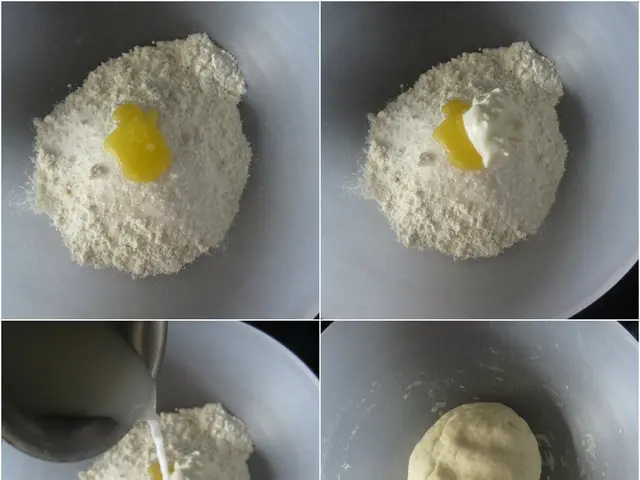MRSA Spread: Methods, Mitigation Strategies, and Insights
Methicillin-Resistant Staphylococcus Aureus (MRSA) refers to a strain of bacteria that exhibits resistance to various antibiotics, including methicillin, penicillin, amoxicillin, and oxacillin. While MRSA colonization means the bacteria is present on or in the body without causing an infection, it remains a concern for healthcare professionals as it can be propagated unknowingly, potentially resulting in infections, particularly in healthcare settings.
MRSA can be found in moist areas of the body such as the nose, throat, groin, armpits, skin folds, perineal area, and skin creases. Although it does not produce symptoms, MRSA colonization poses a risk, making it essential to adhere to hygiene protocols.
Healthcare facilities may screen individuals bearing MRSA colonization, especially those undergoing surgery. Regular handwashing, showering with antiseptic soap, maintaining wound cleanliness, and preventing the sharing of personal items can help reduce MRSA colonization and reduce the risk of infection.
While MRSA colonization may persist without treatment, there might be instances where it resolves naturally over time. Factors such as a strong immune response, reduced environmental exposure, and the presence of competing microorganisms influence the resolution of MRSA colonization. Intentional decolonization strategies, like the use of antibiotics like mupirocin, may be necessary for complete removal if colonization persists.
In addition to signs of skin infection, individuals should watch for symptoms such as pain, redness, pus, swelling, and warmth at the site of any cuts or abrasions. By following hygiene guidelines at home and in medical settings, people can reduce the chances of MRSA colonization and infection.
Regarding MRSA, it is worth noting that while it may go away on its own, it often persists. Chlorine can effectively kill MRSA, but hygiene practices remain crucial in preventing its spread. An individual's likelihood of continuously carrying MRSA bacteria is influenced by various factors.
- MRSA, a superbug that can lead to severe medical-conditions like infections, is often found in moist areas of the body and doesn't always cause symptoms, but it remains a concern due to its potential propagation.
- In healthcare settings, individuals with MRSA colonization may be screened, especially those undergoing surgery, to prevent the spread of this infectious bacteria.
- Therapies-and-treatments for MRSA can include natural resolution, improved hygiene protocols, and intentional decolonization strategies like the use of antibiotics, depending on the persistence of colonization.
- Nutrition and maintaining a strong immune system can also play a role in reducing the chances of MRSA colonization and infections, emphasizing the importance of health-and-wellness practices in managing this issue.








